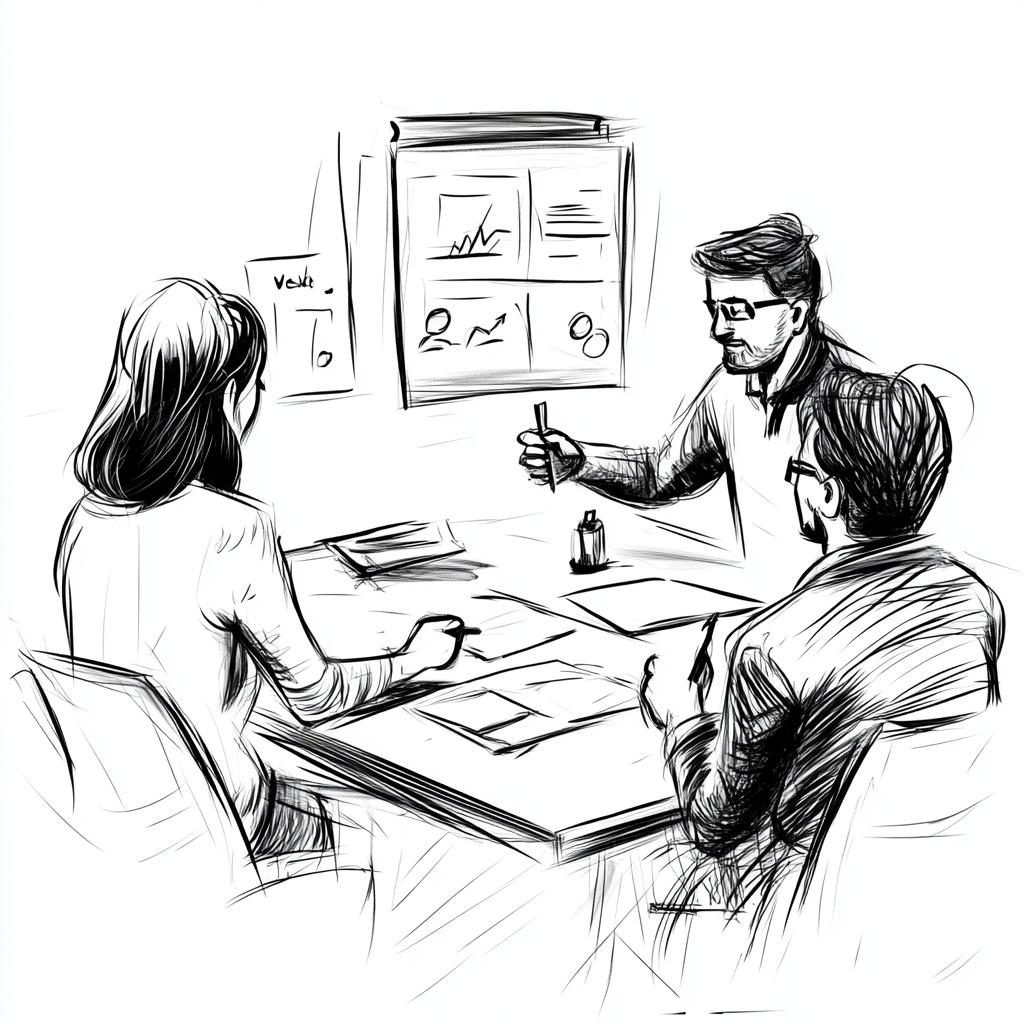THOMSON REUTERS
Compose user friendly writing on a variety of tech processes, collaborating across the company
ROLE
UX Writer
RESPONSIBILITIES
UX Writing, UX Research, Information Architecture, Cross-team Collaboration
TOOL
FigJam, Jira, Agile, GitHub
OVERVIEW
During my project working with TR, I organized a comprehensive analysis of their extant writing on internal processes. I led research and focus groups on the efficacy of the writing, extrapolated findings, then conducted extensive rewrites of the texts, merging the changes into the TR site via GitHub.
PROBLEM
Inconsistent, incoherent, internal tech writing
Internal writing on tech processes are not standardized across the company, are constantly being updated or contradicted, and are not written for layman.
WHY IS THIS IMPORTANT?
This issue was causing miscommunications between departments and outdated versions of internal processes to propagate. It also was causing excess time being spent as people would need help deciphering the semantics of the writing, or people would pour time into writing how certain processes work when other branches of TR already had writing on the subject.
SOLUTION
Research, interviews, and revision through cross-team collaboration.
I identified examples of writing that is either too vague or too obtuse and reviewed it with stakeholders to understand their intentions. Then I conducted user interviews to understand where technical writing generally led to confusion. After revising the writing, I reviewed it with stakeholders, then merged it into the burgeoning compendium of internal processes.
USER SCENARIO CONSIDERATIONS
My aim was to create a user experience where content was written in a way that new employees and cross-team collaboration could take place with no impediments. Given the wide range of potential core competencies in the company, a seamless, elegant writing style needed to be utilized.
USER CHALLENGE
How can we simplify, condense, and codify content to provide utility across all echelons of an organization?
SOLUTION
Simplified writing that appeals to layman but has depth for experts.
We set about defining key terms, ensuring they had an accepted and shared definition (which wasn’t always the case), and went about creating some initial, general examples of content for the repository. We solicited feedback through multiple teams, refining language and presentation until it was intuitive yet informative.
USER SCENARIO CONSIDERATIONS
Users have different levels of technical knowledge. Some are able to delve deep into the niches of a topic. For some, they are only able to read about a process as a layman. We needed to find an approach that generated content that could be understood as a layman, but contained depth that would satisfy or reinforce the knowledge of a more experienced user.
TECHNICAL CHALLENGE
How can we lead users to adopt these new processes?
SOLUTION
Simple, intuitive writing paired with user autonomy through transparency.
We developed a simplified process that would make it easier for users to do their work, rather than act as a bureaucratic obstacle. We engaged users through an active feedback system that would be used to revise/revisit any entries within the repository that weren’t sufficiently clear or bogged down work.
USER SCENARIO CONSIDERATIONS
My aim was to create a user experience in which the users were empowered by the outcome. Change can be cumbersome, people can drag their feet implementing it. Ensuring clear, simple language and an intuitive outlet for help would help make the experience as seamless as possible possible.
RESULTS
Repository launched across the company!
On this pageOverviewProblem/SolutionUser challengeTechnical ChallengeResultLearning
LEARNING
SOLUTION
When guiding users to change, make the process as informed and painless as possible
The somewhat siloed world at Thomson Reuters was not necessarily asking for changes to their process and how they documented their work. As such, meeting with multiple knowledge base experts, understanding their current process, and figuring a painless way to standardize and simplify it across the company will help users feel like the change isn’t overwhelming but something that can actually benefit them.




